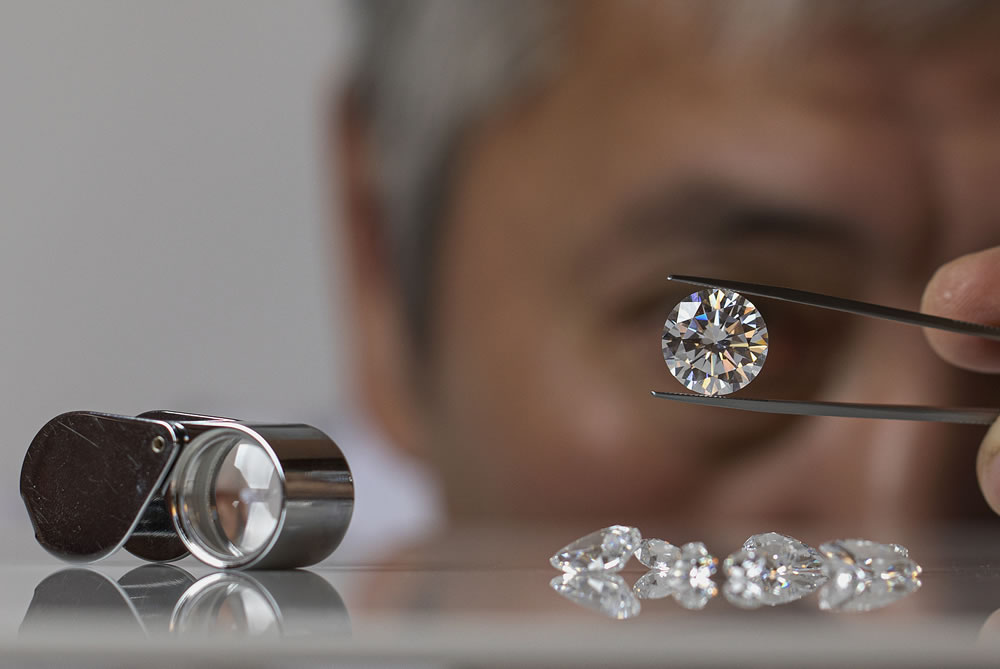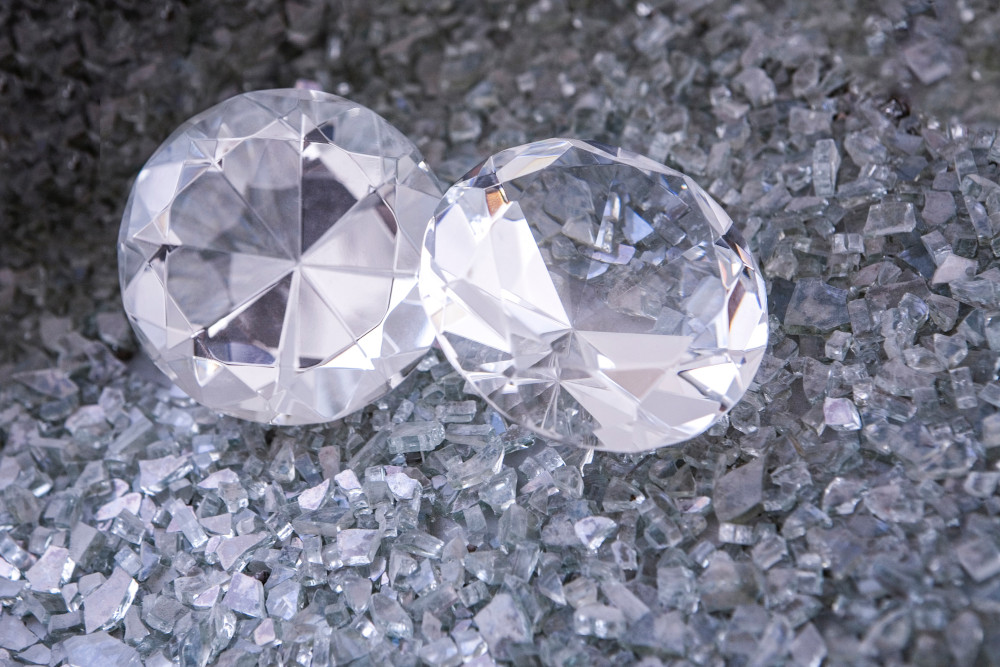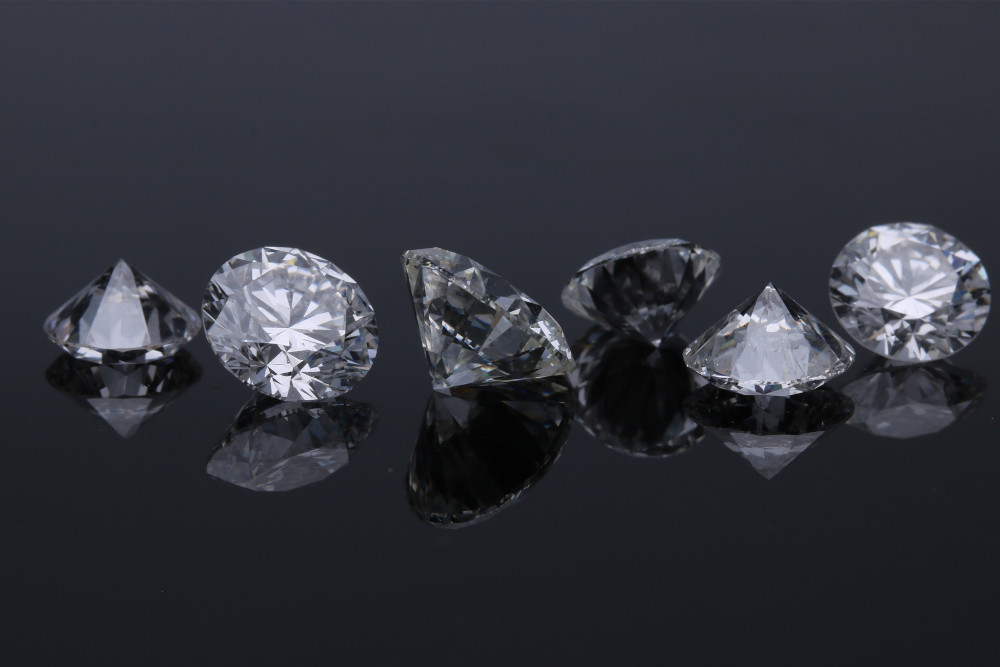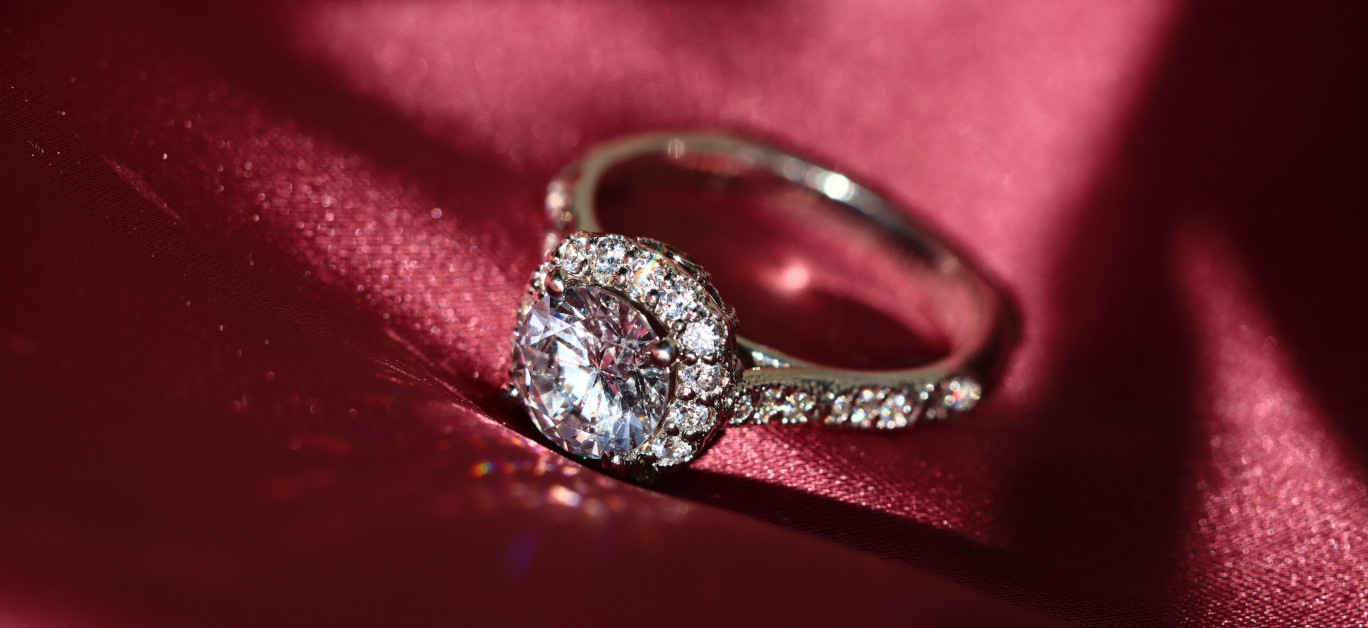There are so many choices to make when shopping for diamond jewellery. And buying an engagement, wedding or eternity ring is one of the most important jewellery buying decisions you’ll likely ever make.
Of course, cut, colour and style are all important decisions when making your forever purchase, but now there’s another question to consider: natural diamonds or lab-grown?
Are lab-grown diamonds real?
According to the experts, laboratory-grown diamonds are geologically, chemically and optically identical to natural diamonds. The only difference is in their source, which gives lab-grown diamonds the edge if you want a sustainable and ethical gemstone.

And just like a natural diamond, your laboratory-grown gem undergoes the same grading and certification process by leading laboratories, including the GIA and IGI.
How do lab-grown and natural diamonds compare?
It’s impossible to see the difference between a natural diamond and laboratory-grown gem with the naked eye. But there are defining characteristics that make the difference between the two gemstones.
Creation
Natural diamonds are nature’s way of translating carbon into light. After billions of years of being subjected to pressure and heat, carbon atoms rearrange to form a solid diamond. Then, deep-crust volcanic eruptions shatter larger rocks to produce the gems we know and treasure.
By contrast, a lab-grown diamond is grown using a natural diamond ‘seed’, a fine slither of stone composed of pure carbon. But instead of being subjected to slow-moving natural forces, the process is accelerated, almost like 3D printing a diamond.
Laboratory techniques are constantly being perfected to produce gemstones that are indistinguishable from natural ones. In terms of its basic scientific properties, a lab-grown diamond is identical to a natural diamond with the same clarity and sparkle.

Durability
Like a natural diamond, the hardest substance on earth, a lab-grown diamond rates a ten on the Mohs Hardness Scale. So, if you’re considering a lab-grown diamond, you can rest assured that your stone will have the longevity of its natural counterpart.
The 4Cs
Every natural diamond is rated for its cut, colour, clarity and carat. And because the two types of gemstones are indistinguishable, lab-grown diamonds are subjected to the same standards.
So, for example, if the seed diamond has any flaws, the lab-grown diamond it produces will have similar inclusions and achieve the same grade for clarity.
Price
Mining diamonds is a risky and sometimes dangerous business. Natural stones are extremely rare, and the process of cutting and polishing gems is highly labour-intensive. There’s no wonder that natural stones command a premium price and retain their value.
Lab-grown diamonds are considerably cheaper. They’re relatively efficient to produce and don’t involve the supply chain issues of natural diamonds. And because they’re chemically, physically and optically identical to natural gems, they’re a highly affordable alternative for natural diamonds that are also conflict-free.

Are lab-grown diamonds the future?
Lab-grown diamonds do have one clear advantage over natural gems. The lab-growing process eliminates the chain of ethical and sustainability issues that make natural diamonds so problematic. So if it’s essential to know where your diamond came from, lab-grown stones are an ethical choice for people searching for sustainable jewellery.
Diamond mining has a reputation as a dirty business, creating pollution and destroying natural environments. And so-called ‘blood’ diamonds, mined in warzones and sold illegally, are part of a trail of carnage.
While it’s possible to buy certified conflict-free diamonds, there are alternatives. At the Cornwall Jewellery Co., for example, they opt for laboratory-grown diamonds as standard on all their pieces with Fairtrade natural diamonds available on request as they believe that carbon-neutral laboratory-produced diamonds are a better choice for long-term sustainability.






















